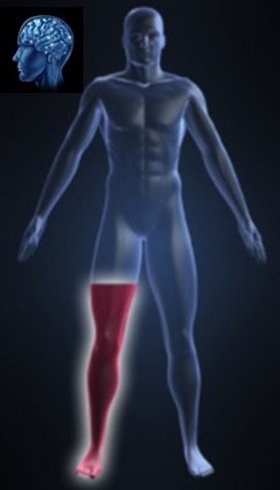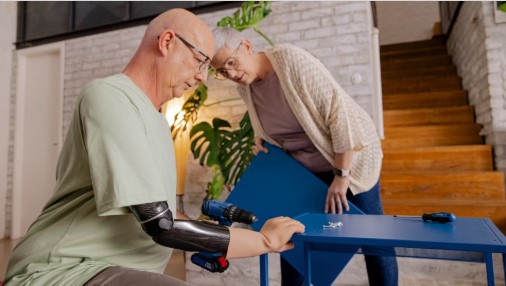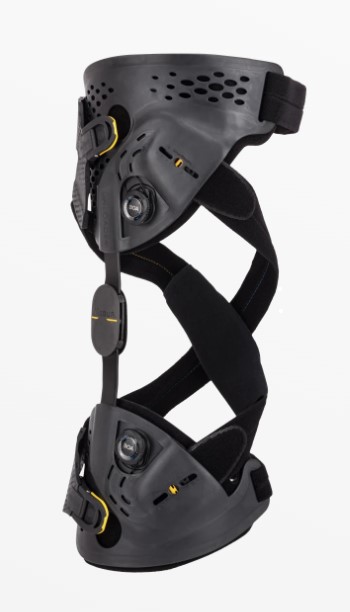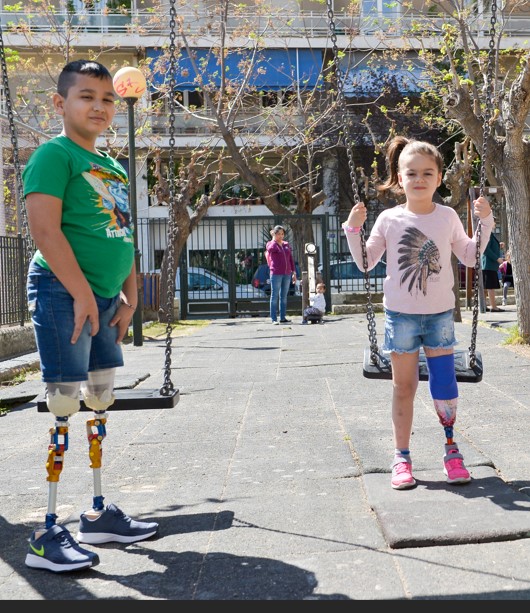A phantom limb is defined as an amputated limb where the patient feels that the severed part of the limb is still present in the body and performing its normal functions. That is, the amputated patient experiences sensations, including pain in the extremity that no longer exists.
According to experts, these sensations are caused by nerve endings of the amputated limb which continue to communicate with the brain and thus trigger pain and discomfort. The pain is characterized as neuropathic. This phenomenon is more pronounced when the patient had chronic pain before amputation, however it is not associated with age, the point of amputation or the cause, ie if it is an accident or disease.
This sensitivity is a common consequence of amputation, as it is observed in over 90% of patients. It is estimated that the vast majority of people feel the ghost member immediately after surgery or after a few days.
The characteristics of the ghost member vary from person to person as well as the duration of the sensation. In some cases it can last for days while other patients feel it for years. The pain may be related to a specific movement or position of the stump and may be attracted by various physical factors (eg changes in weather or pressure on the remaining limb, etc.) but also by psychological factors, such as emotional stress. Undoubtedly the loss of a member is an important event in the life of everyone, but the way in which the patient manages the loss and his psychological state significantly affects the chronic pain.
These non-painful sensations involving the amputated limb may include sensation such as hot or cold, itching, tingling, cramps, electrical discharge, stinging, or sharp pain. In a very small percentage of patients the pain is so intense and annoying that it seriously affects their quality of life causing emotional problems resulting in their resorting to extremely difficult treatments.

Usually over time these symptoms subside and the sensation improves significantly with the addition of the artificial limb. However, if the treatment of phantom limb is deemed necessary then it includes medication such as common analgesics, muscle relaxants, antidepressants, etc., anesthetic drugs such as local anesthesia or lidocaine, and even surgical treatments.
Try to relax in a way that suits you. Take a deep breath or pretend to relax the missing limb.Reading, listening to music or doing something that relaxes you can help. You can also try taking a warm bath if the surgical wound is completely healed.
The following measures can also help reduce imaginary limb pain:
- Keep the remaining limb warm.
- Move or exercise the amputated limb.
- If you wear the prosthesis, remove it.
- If you do not use it, wear it.
- If you have swelling, try wearing an elastic bandage or compression stockings.
- Try a light massage.
In any case, the patient should consult the treating physician to refer him to the appropriate treatment.



